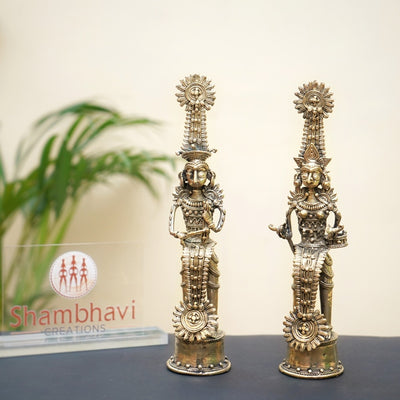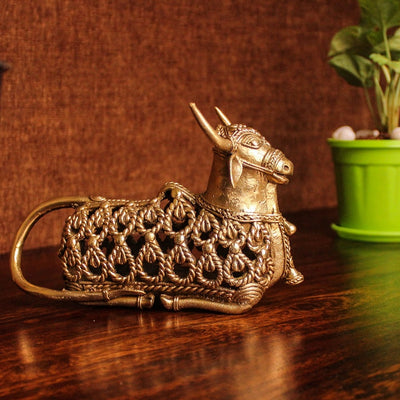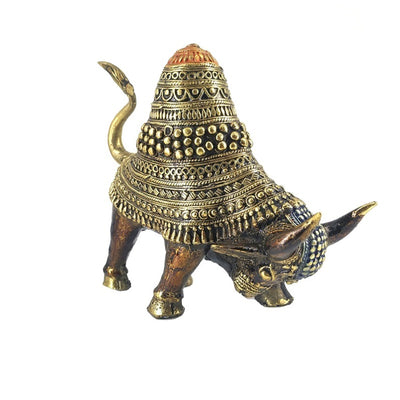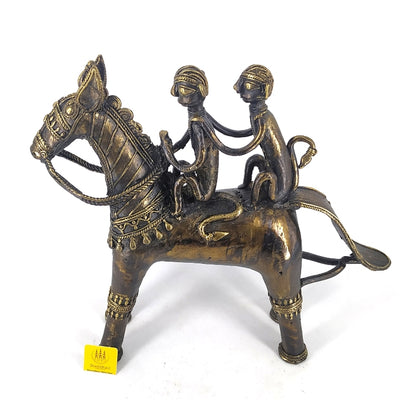Reception of Bastar Art Across Foreign Countries
Bastar Art or Dhokra Art hails from the former princely state of Bastar, now in Chhatisgarh, India. This globally appealing art form gets its name from ‘Dhokra’ or ‘Dokra’, a non-ferrous metal casting that is made using the technique known as ‘lost-wax casting’. It is a nearly 4000-year-old process and has been used in the Indian subcontinent since the Mohenjo-Daro civilization.
Considering the history that every piece of this artwork carries, its global appeal comes as no surprise. Bastar art’s antique simplicity and captivating folk designs can be made to depict a variety of animals like elephants, horses, owls, and the Indian national bird, Peacock. Inanimate motifs like lamps, bowls and religious idols are also found in this art form.
Although the Dhokra tribe originated in the Indian states of Odisha and West Bengal, over centuries its tribesmen travelled the length and breadth of India. As a result of this, Dhokra art’s influence can be found in different parts of the subcontinent.
As some part of Chhattisgarh was involved in the local Maoist movement, Bastar was affected by this phenomenon. Over the last few years, however, the situation has improved immensely and the Dhokra art has attracted an increasing number of foreign tourists over the years to experience the process of creating its 4000-year-old ancient art form. The friendly locals have added to the appeal of this experience. Many artists have received international recognition which has further helped in putting Dhokra art on the art market.
Another feather in Dokra’s cap is the fact that some craftsmen, who are unable to buy high-quality metal, even utilize scrap metal to make their creations which are not just beautiful but also eco-friendly. Such properties have made these enchanting art forms travel across continents and reach the foreign markets of Europe and America where they have appreciation among the global citizens of the world.
The mineral-rich state of Chattisgarh offers artists an ideal environment to enhance their techniques and make this art form more internationally appealing. There is heavy demand for these sculptures in international and commercial markets. European cities like London, Paris, and Milan boast some of its biggest international admirers.
Adilabad Dhokra is the latest of the Indian art forms to receive international recognition. This ancient metal craft has been accorded the much-coveted Geographical Indication (GI) putting it on the international art map.
The popularity of e-commerce websites like Amazon has contributed to the increase in revenues generated from this art form. Their demand has also flooded the market with machine-made cheap substitutes that display finner finish and uniformity that their handcrafted counterparts.
These intricately carved metal artefacts created by nearly 20,000 tribal families have adorned homes both locally and internationally. The ancient and timeless appeal of Dhokra art has led to an increase in global demand over the last few years. In spite of such popularity, the artists remain in obscure poverty. This art form is passed on from one generation to the next and most tribal communities depend solely on this for their livelihood.










Leave a comment